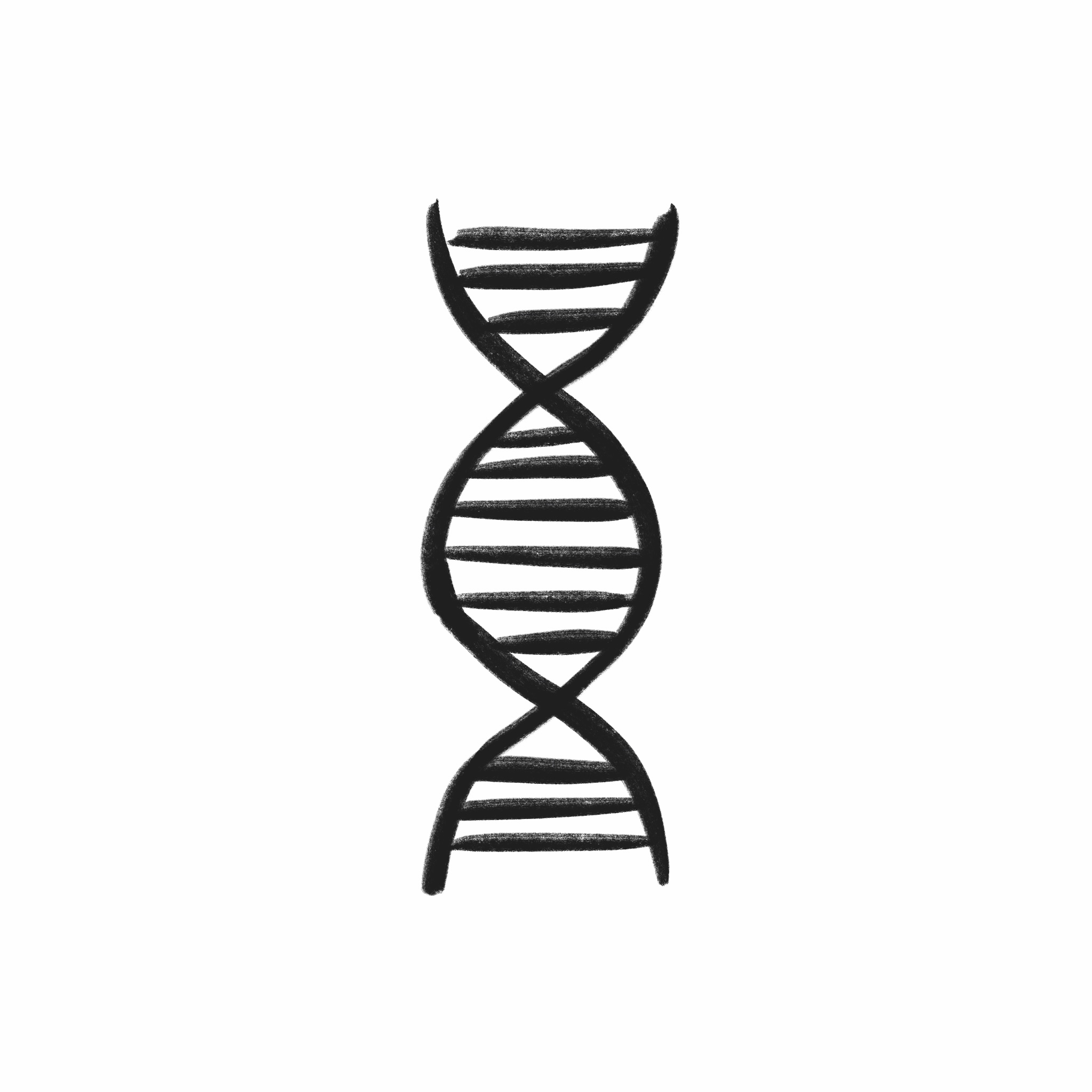My dad is 84 percent Boston Terrier, and so are you
February 14, 2025
 This
piece represents the opinion of the author
.
This
piece represents the opinion of the author
.
 Henry Abbott
Henry AbbottI came to a realization the other day as I watched my dad, Mike, and my dog, Bowie, stand up and stroll towards the front door in sync to go out for Bowie’s nightly potty trip. There was just something about it, this ritual they share, each standing up and having a shared sort of “ah sh**, here we go again” moment. I had to laugh as I watched a moment as unexceptional as two coworkers exchanging good mornings or the exchange of coffee and card at a drive-through, except this seemingly mundane routine was being shared by a 60-year-old human man and a two-year-old Boston Terrier. The fact that something so core to the day-to-day lives of these two individuals of completely different species could be shared got me thinking about how different they could really be.
We share around 84 percent of our DNA with dogs. We tend to focus on the remaining 16 percent, the 16 percent that causes them to walk on all fours, chase after squirrels and obsess over poop. This 16 percent enables them to run, smell, hear and see in the dark better than us. It gives them thick double-layered fur for warmth, claws for digging and canine teeth for tearing. We think about these differences all the time, and the differences between our species are important; they represent the beauty of life and the power of evolution. But our obsession with this 16 percent means we neglect the 84 percent that unifies us, and this 84 percent is responsible for a lot. We both have mouths to eat, ears to hear, eyes to see, teeth to chew, tongues to taste, lungs to breathe and brains to learn, reason and feel. We share neurons and veins, T cells and B cells, femurs and biceps, fingers, toes, sodium receptors, myoglobin, hemoglobin, vertebrae, skin, pores, gametes, zygotes, left atriums, phospholipid bilayers, right ventricles, pain receptors, bile ducts, tRNAs, kidneys, lips, elbows, cerebrums, mitochondria, eyelids and more. We share needs: the need for protein, vitamins, scratches, oxygen, exercise, socialization, parental care and sleep. We share ailments like arthritis, cancers, colds, allergies and old age.
Many of our parts don’t look or work quite the same, but we share more than we don’t. Our similarities enable us to share moments like this one between Mike and Bowie, and moments like these inspire the love, frustration and respect we feel towards our dogs and that they feel towards us. These complex emotional connections mirror those we experience with our family and friends and so we grant our pups a similar amount of mental bandwidth. We invest in shots, shampoos, toys and visits to the vet. We put diapers on them when they are old and clean up after them when they are young. We make sure they have food to eat, a yard to run in and a comfy place to sleep at night. We do all this because of the everyday moments we share with our dogs. Our morning walks, our late-night talks, our cuddles during thunderstorms and our races to toys across the yard remind us that we are 84 percent the same. Only when we recognize our remarkable relatedness, do we allow ourselves to look into their eyes and empathize.
But dogs are gray wolves, and, despite all of their supposed differences, dogs and wolves are 99 percent the same. When our dogs kill the neighbor’s cat or bite a stranger, we fight for them, we plead for forgiveness and we forget. When a wolf just gets a little too close to a herd of livestock or a backyard we tend to fight it, we plead for permits and permission to kill it, and, historically, we kill it almost every time. We kill the wolves that are as similar to our dogs as I am to anyone who is reading this. The wolves that are 84 percent the same as we are. In the name of protecting people and livestock in the United States, we killed enough wolves to reduce a population of an estimated 2 million individuals to only a few hundred by the 1960s. We struggle to empathize with wolves the way we do with dogs because our lack of shared experiences prevents us from realizing our similarities. We must acknowledge that nearly 100 percent of the 84 percent of ourselves that we see and respect in dogs, is in wolves. They too share these needs, senses, organs and emotions—we ought to at least care for them as we do for dogs. Wolves are capable of possessing every bit of spirit and soul that you associate with dogs, which would prompt you to be sad or angry at their abandonment in news reports or death in movies. We ought to respect wolves’ needs for food, protection and room to roam. We ought to value their survival. This means prioritizing the preservation of the natural environments and food webs they rely on with the same energy we give to maintaining our yards, designating dog parks and filling food bowls. We should be as eager to rush to the aid of orphaned wolf pups as we are to stray dogs and be as cautious about the chemicals we put into the environment as we are about the chemicals in our dog food. We could make immense progress in the conservation of our forests, deserts, grasslands and mountains if we cared for wolves just a fraction as much as we care for their cousins, our puppies.

Comments
Before submitting a comment, please review our comment policy. Some key points from the policy: